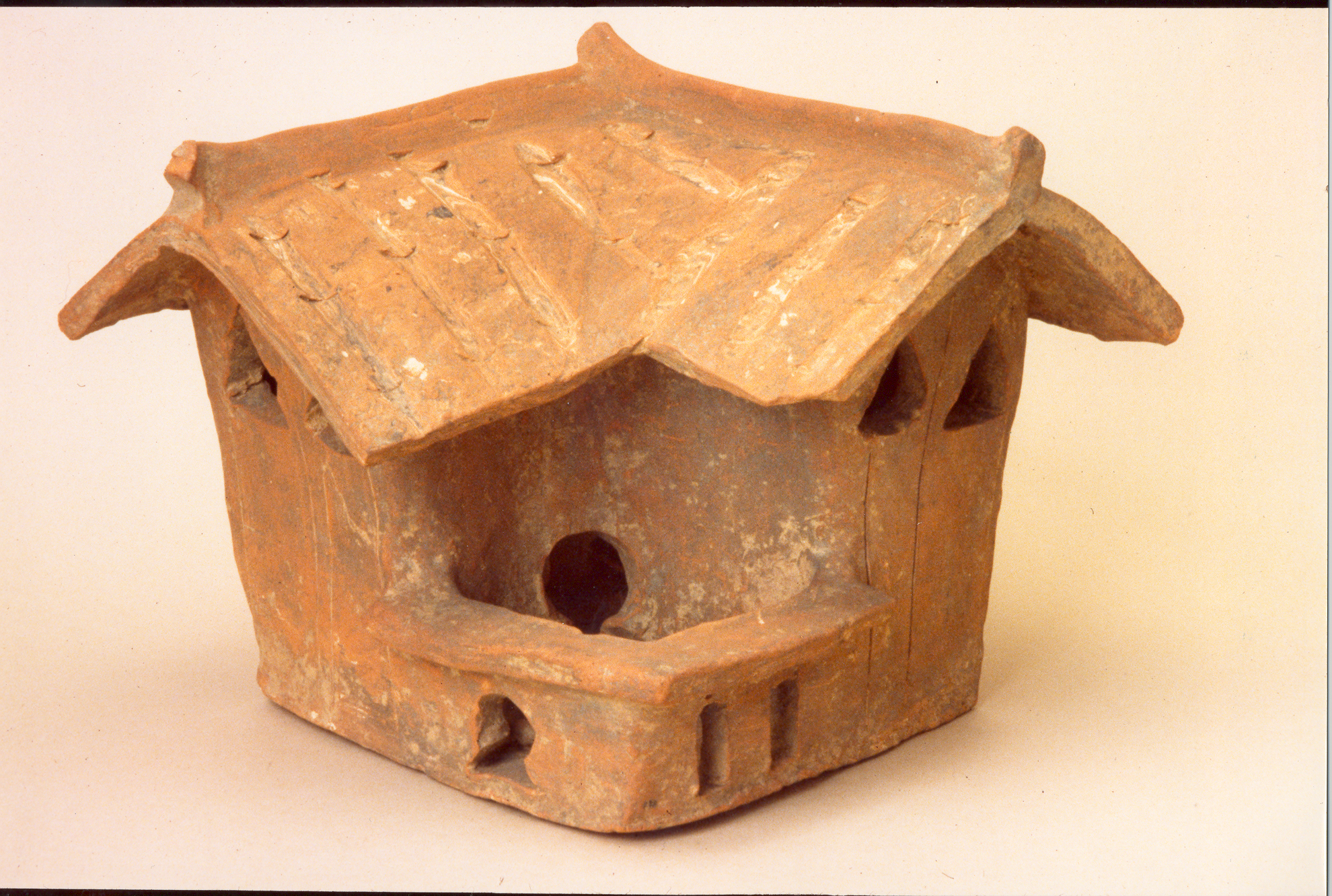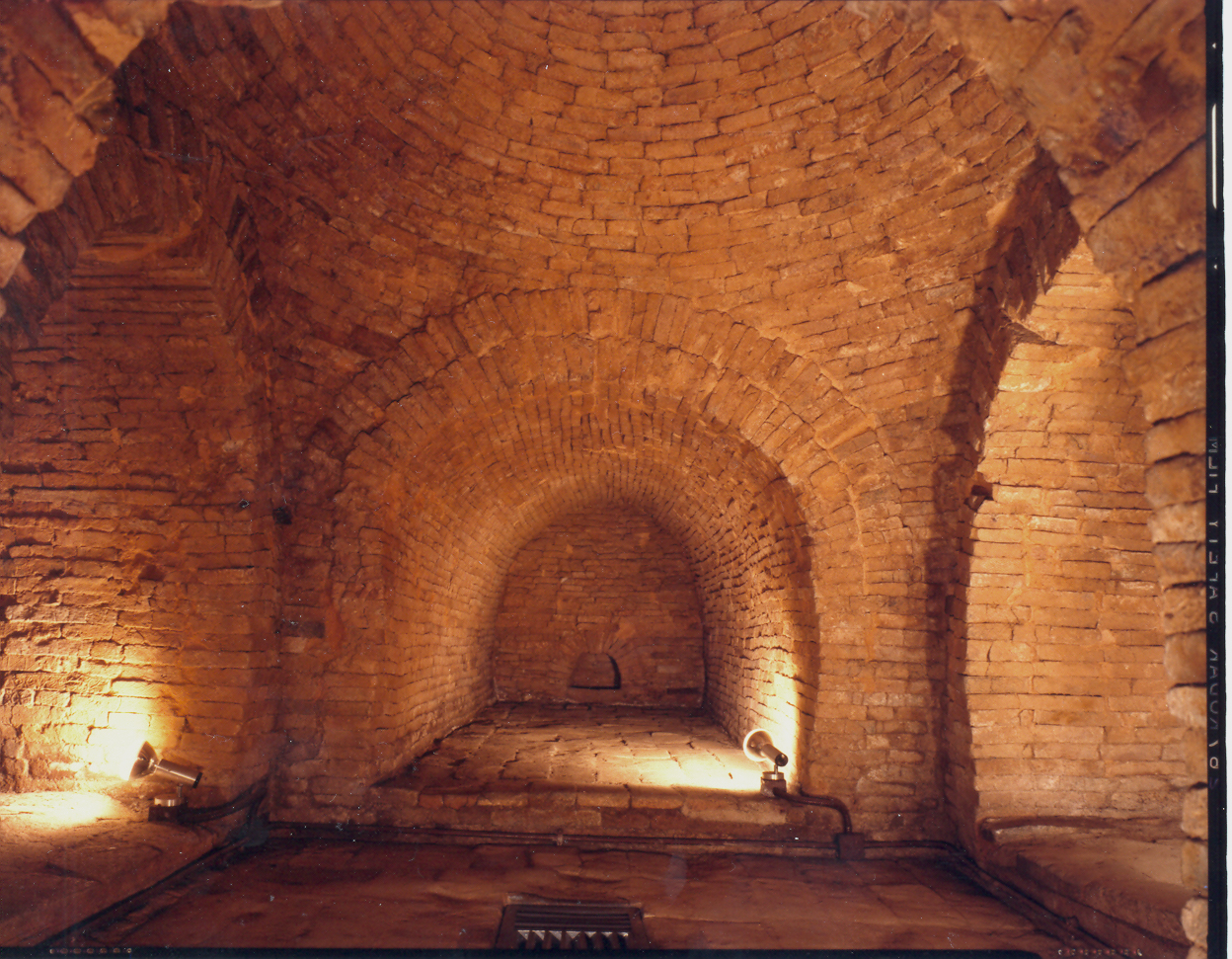Branch Museums
Lei Cheng Uk Han Tomb
|
In 1955, a Han dynasty tomb was unearthed during the construction of the Lei Cheng Uk Resettlement Estate. Built of bricks, the ancient tomb comprises four chambers – the front, rear, left and right chambers – and an entrance passage in the shape of a symmetrical cross. The front chamber features a domed roof, and the other three chambers have barrel vaults. Most of the bricks, which on average measure 40cm long, 20cm wide and 5cm thick, are plain, but some bear inscriptions or carved patterns on the sides. The inscriptions include Daji Panyu (Great fortune to Panyu county), Panyu Dazhili (Peace to Panyu county) and Xue Shi. While the patterns are predominantly geometrical designs made up of lozenges and wheels, some depict simplified animals. A total of 58 burial objects were discovered in the tomb – 50 pottery cooking utensils, food vessels, storage containers and models, and eight pieces of bronze ware, including a basin, mirror, bell and bowls. No human skeletal remains were found. From the tomb structure, the artefacts discovered and the brick inscriptions, archaeologists deduced that the tomb was built in the Eastern Han period (25–220 AD). The cross-shaped tomb with domed roof was a popular tomb design in Guangdong at the time. The pottery ding tripod, zun wine warmer, kui food container and zhi wine container were common daily utensils and often appeared on pictorial bricks in Han tombs. The set of four pottery models – a house, granary, well and stove – were customary burial objects in the period. The characters Panyu in the brick inscription refer to the county in which the Hong Kong region was located in the Han dynasty, and the calligraphic style of the characters Xue Shi was widely used for Eastern Han bronze and stone inscriptions. While a number of Han tombs have been discovered in Guangdong province, the Lei Cheng Uk Han Tomb is the only Han brick tomb unearthed in Hong Kong to date. It sheds light on the lives of early inhabitants in the Eastern Han period.
 |







